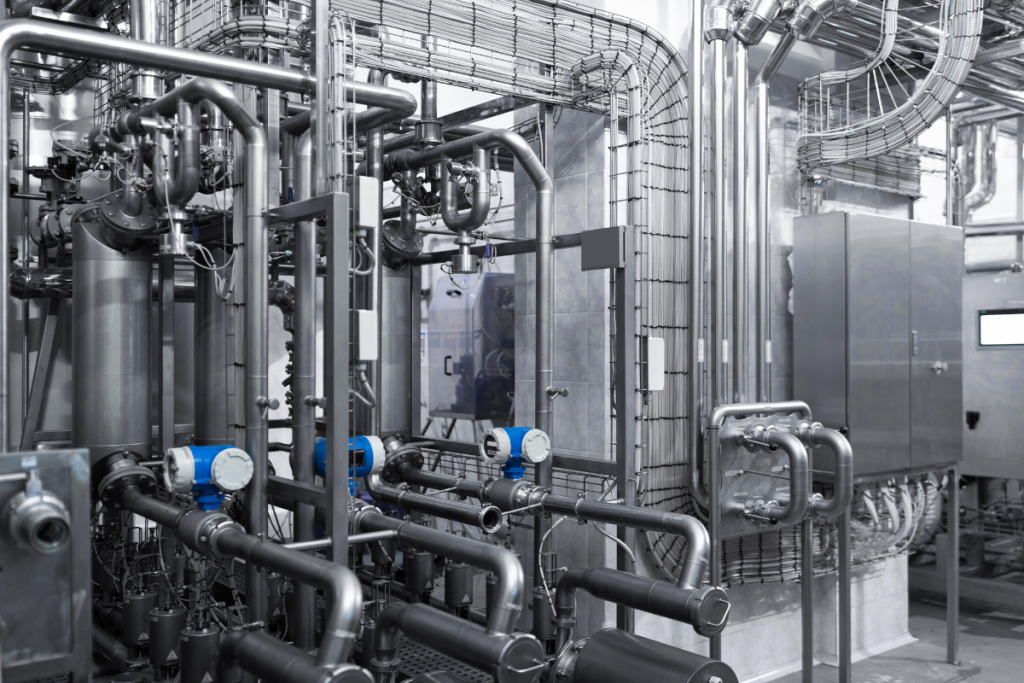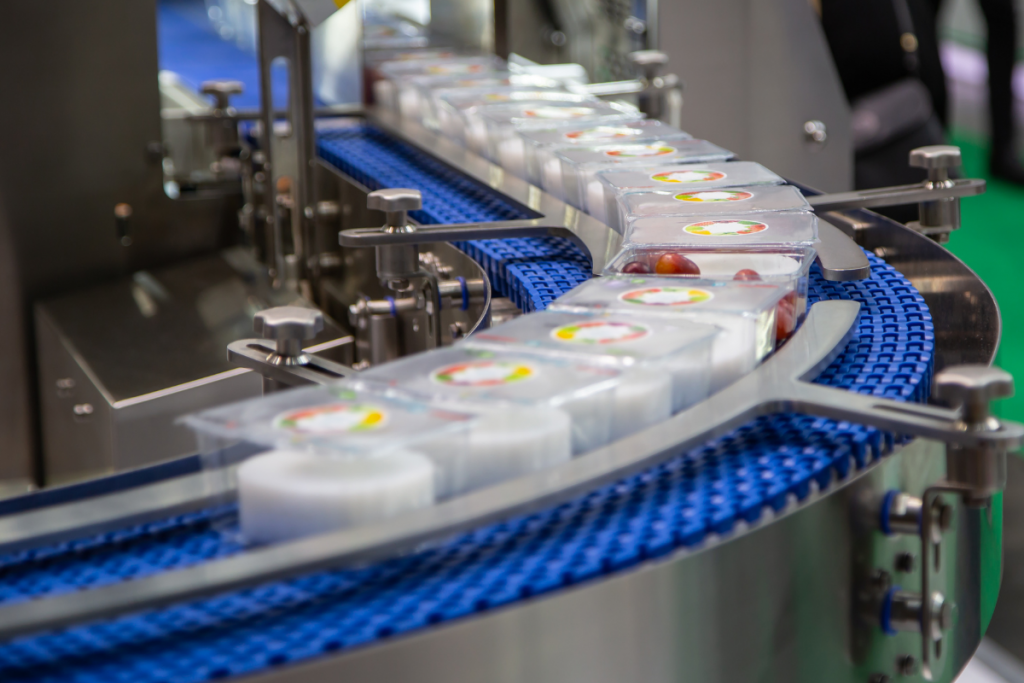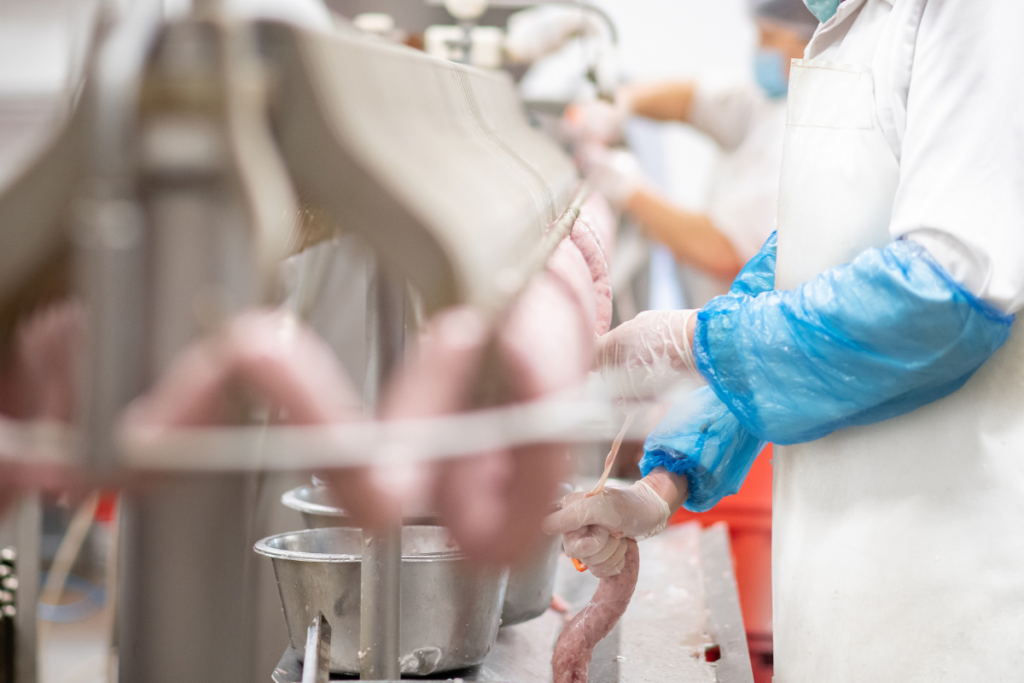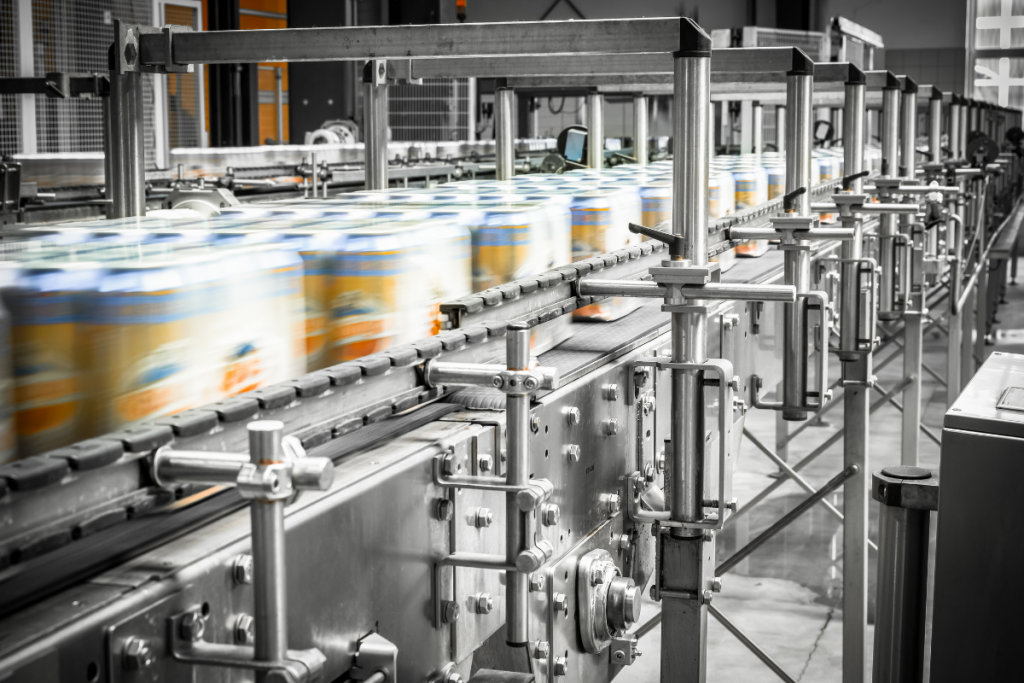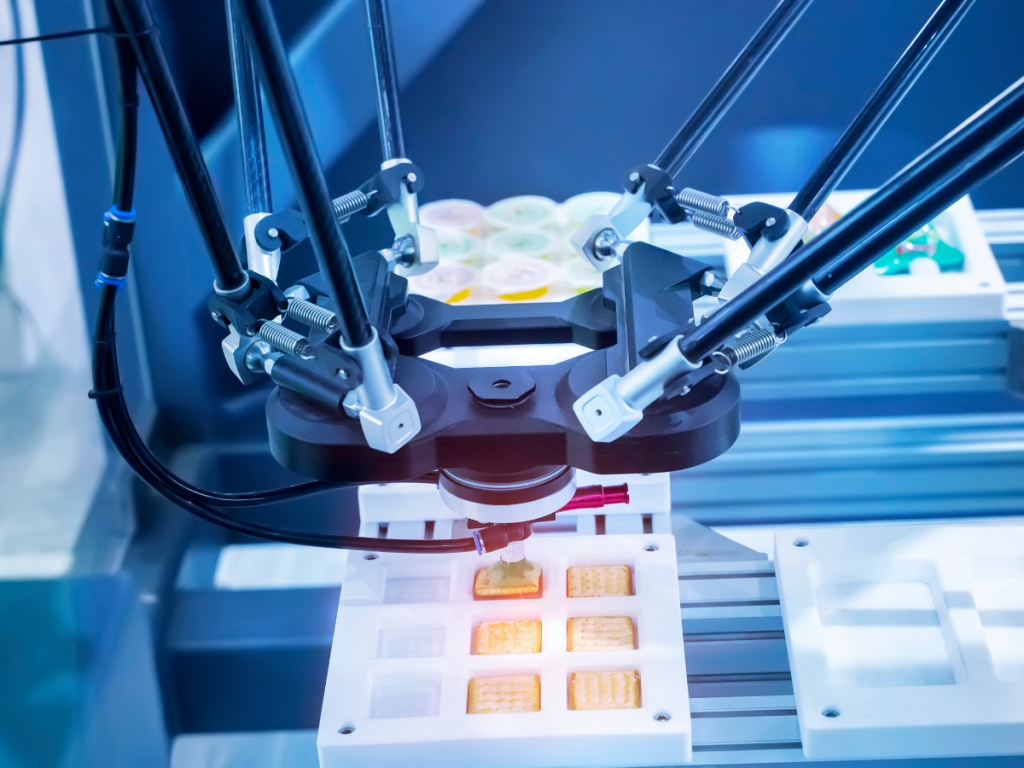7 Best Practices for Designing a Clean-in-Place System
A clean-in-place (CIP) system is a cost-effective and time-saving tool that rinses and washes the inside surfaces of food processing piping and equipment without mechanical disassembly. When designed well, a CIP system improves sanitation and enhances food safety while both simplifying the cleaning process for plant operators and reducing downtime. It automates what has traditionally been a laborious and time-consuming manual process of disassembling the piping, hand-cleaning each component and reassembling equipment.
In addition to lost revenue from halted production, improperly cleaned equipment can spread foodborne contaminants from batch to batch, which is dangerous to consumers and can lead to recalls that directly impact a company’s bottom line and reputation.
If you’re considering investing in a CIP system for your facility, it’s important to ensure you’re getting a design that is reliable and up-to-date. Your process design team should consider the overall needs of your operation, including changeover efficiency, water conservation and how the design will affect the complexity of the system.
Continue Reading “7 Best Practices for Designing a Clean-in-Place System”


